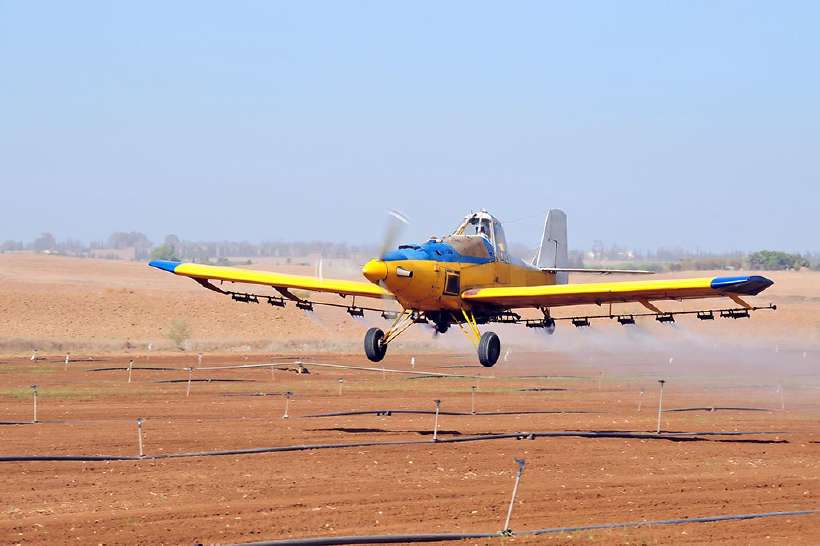Dropping Trees from the Sky – Hydroseeding
Home / Science for Kids / Planet Earth for Kids / Dropping Trees from the Sky – Hydroseeding
Finally there is a simple solution to the growing problems of deforestation and the greenhouse effect – dropping millions of trees out of an aircraft.
![Dropping Trees from the Sky [Illustration by Shinod AP]](/media/earth-133_1_hu1110f64b2c2f3f6e78e16e5a5a12aadc_16299_820x0_resize_q60_box.gif)
The idea may sound bizarre but it has come from The Lockheed Martin Aerospace Company, USA. The company has proposed to transform equipments installed in huge C-130 military transport planes for laying carpets of landmines across combat zones, to plant trees in barren areas.
A company named Areal Forestation Inc. has already been set up to market the idea. According to a spokesperson at Lockheed,“There are 2,500 C-130 planes in 70 countries, so the delivery system for planting forests is widely available as most planes are lying in military hangers, waiting for someone to hire them.”
The promoters believe that with the new planting system, almost 900,000 young trees can be planted in a day. The possiblities are amazing as planes can fly at 1,000 feet, planting more than 3,000 trees cones a minute in a pattern across the landscape. Each cone contains a sapling and that’s around 900,000 trees in a day.
The tree cones are pointed and designed to bury themselves in the ground at a uniform depth as if they had been planted by hand. They contain fertilisers and a material that soaks up surrounding moisture, watering the roots of the tree. The containers are made of a kind of metal that biogrades immediately so that the tree can put its roots into the soil.

The argument is – a man on the ground can only plant 1,000 trees a day so if we are to combat global warming, airborne planting is probably the only way. It is believed that the system will work in any area that used to contain trees and even in deserts.
We can take comfort in the fact that new forests have been ‘grown’. But there is not much awareness of the harm such manipulated forests can cause to depleted ecosystems.
Replacement trees are less able to resist drought, cold, pests and diseases because they grow only in a specific type of land, and not in the complex forest ecosystems that have evolved naturally over the years.
The question is – what should be done?
Should we plant trees? Yes, of course, plant billions. But can we reforest the Earth in such a way that it will stay reforested forever?
Thus we come to the crux of the matter – the trees could save us, if only we would save the trees.
These interesting facts come from the ‘Woodpecker volume 2000’, an annual compilation on the state of the planet, published by the Academy of Mountain Environics, an NGO based in Dehradun, in north India.
483 words |
4 minutes
Readability:
Grade 8 (13-14 year old children)
Based on Flesch–Kincaid readability scores
Filed under: planet earth
Tags: #trees, #global warming, #roots, #ecosystems
You may also be interested in these:
The Importance of the Mangrove Forest
Which Insects Live the Longest?
Seasons in a Tree’s Rooted Life
What are Truffles?
Excerpts From 'The world of trees'